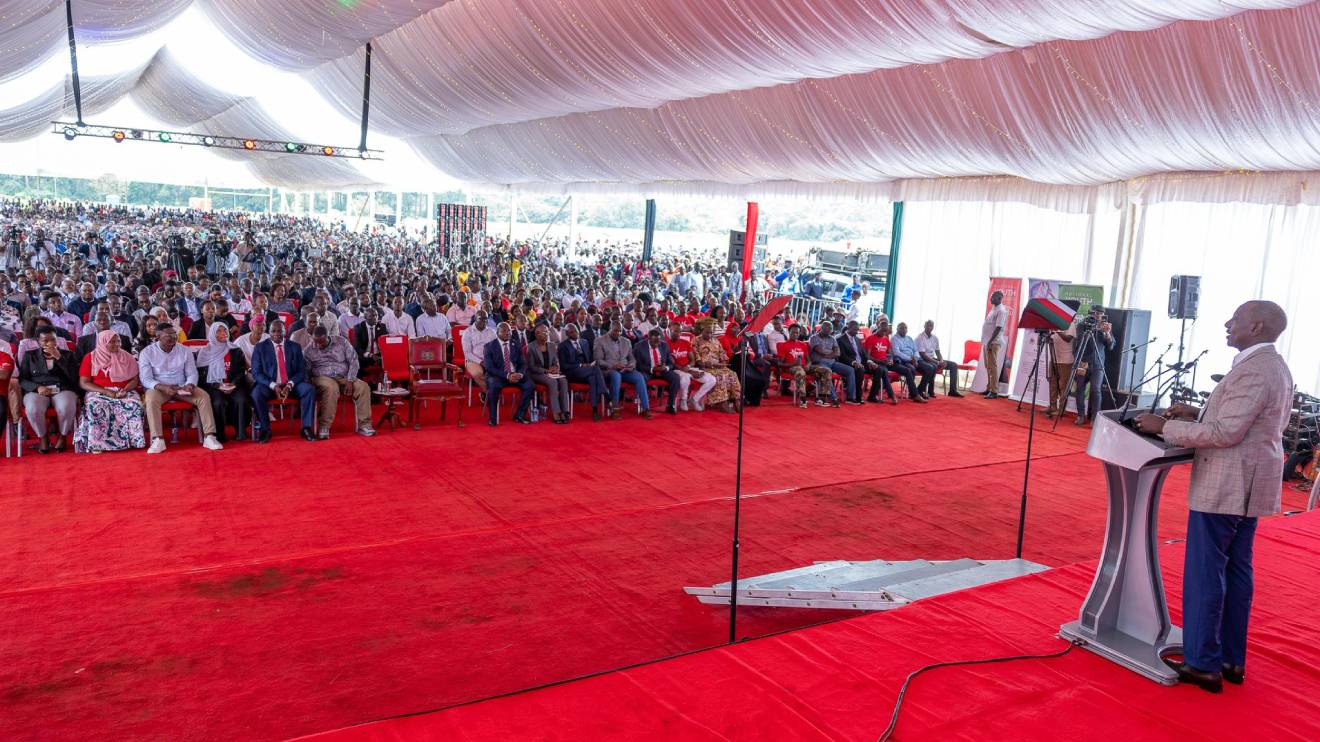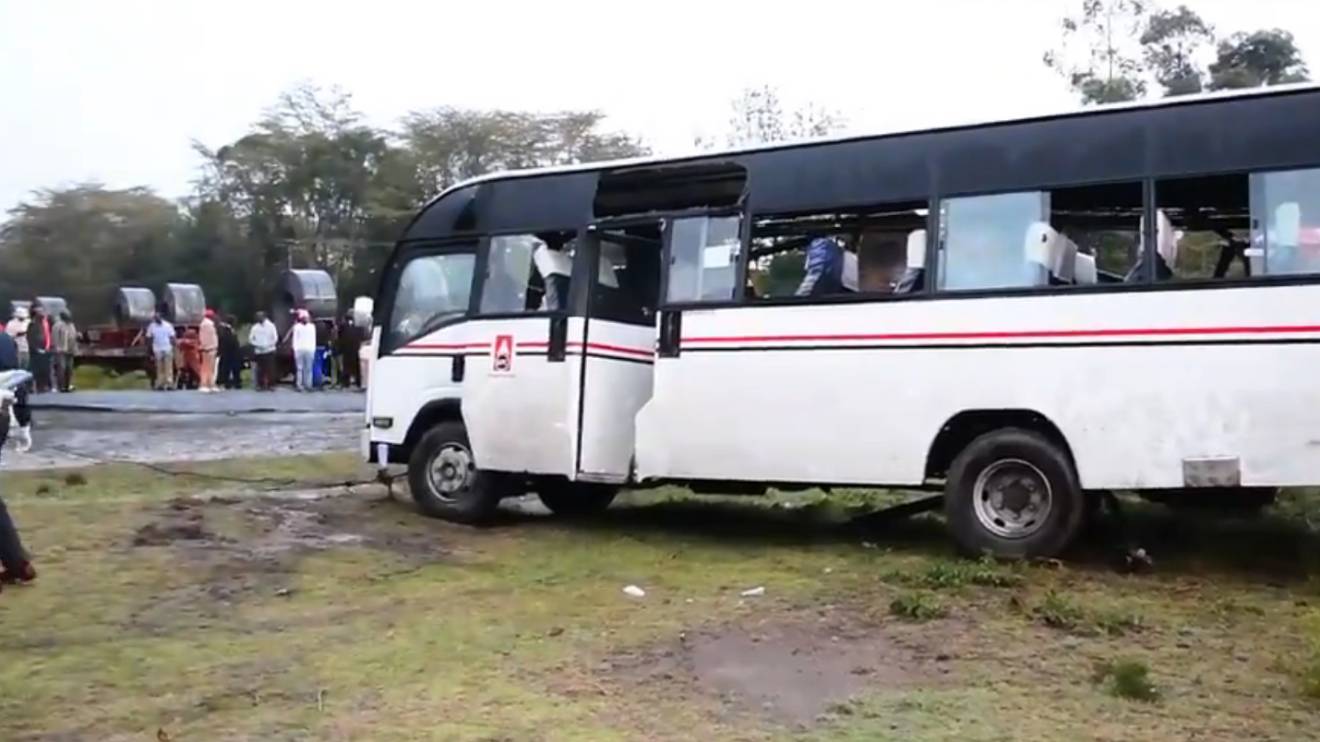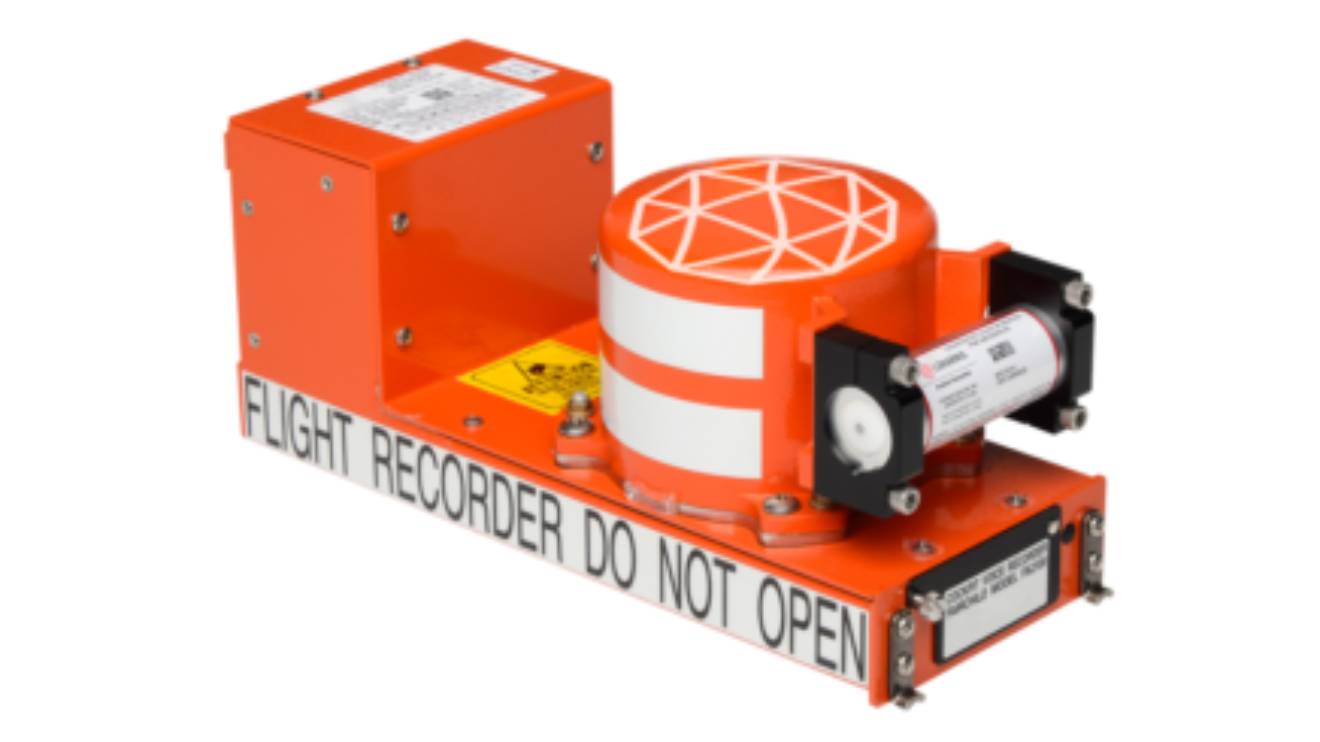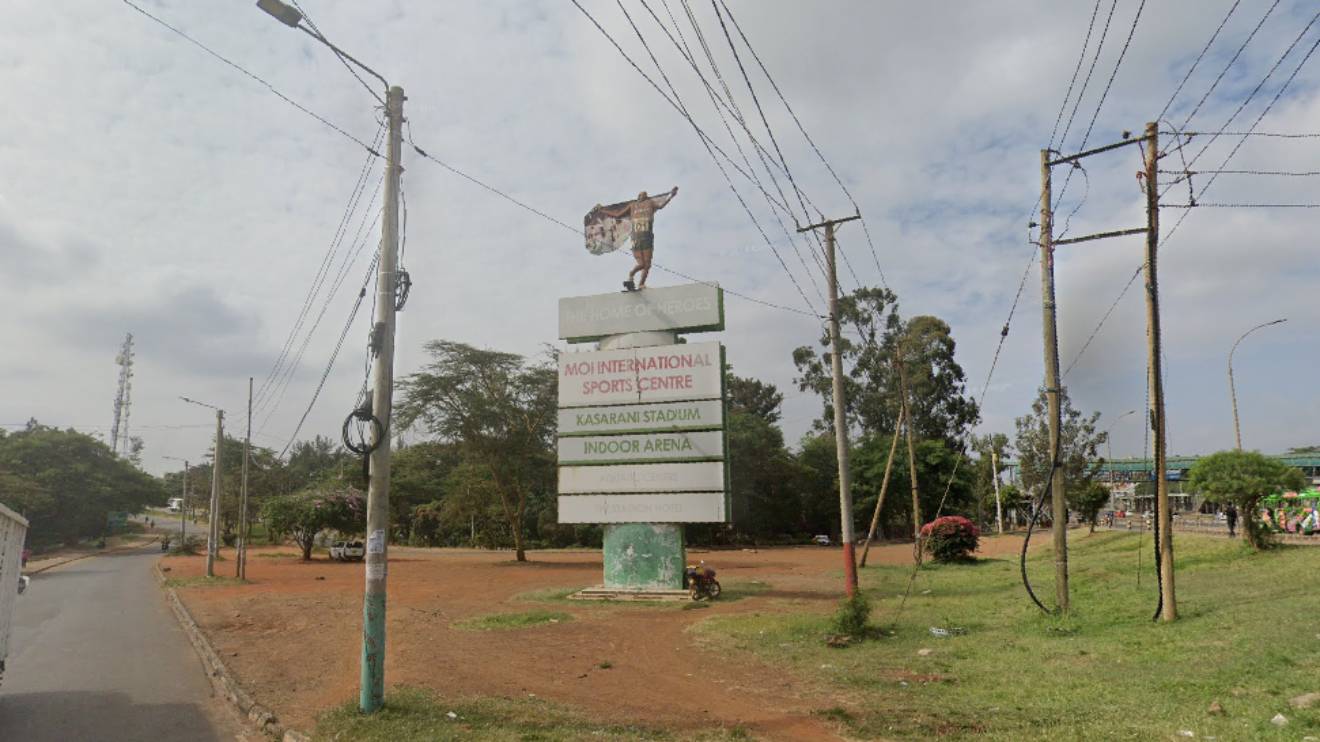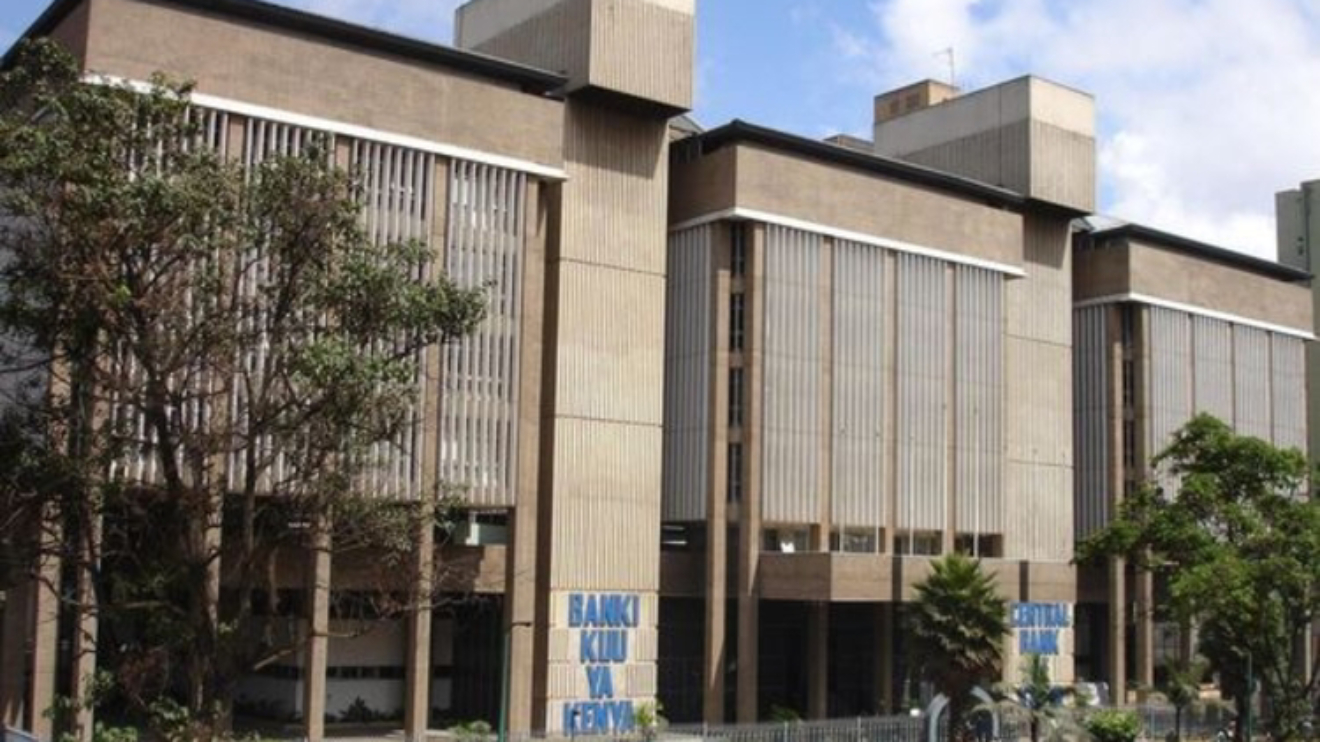The Cabinet has sanctioned the upgrade of Nairobi’s Northern Bypass into a dual carriageway, targeting one of the capital's busiest and most congested corridors.
The project will span 20.2 kilometres, converting the single-lane road into a two-lane carriageway in each direction in an effort to ease movement between Nairobi and Kiambu counties.
This bypass, which links Ruaka to Ruiru while connecting the Eastern and Western Bypasses, has long been a bottleneck for motorists, particularly during morning and evening peak hours.
The congestion has translated into inflated transport costs, excessive fuel consumption, high vehicle emissions, and time lost in traffic jams.
The dualling will not only expand the carriageway but also introduce eight interchanges alongside overpasses and underpasses, facilitating uninterrupted traffic movement across key intersections.
Read More
In addition, the project will include non-motorised transport facilities such as pedestrian walkways and cycle paths, a feature aligned with the government’s goal of promoting safer and more inclusive urban mobility.
To further reinforce the road’s durability and safety, especially during the rainy season, the development will integrate improved drainage infrastructure and enhancements to adjacent access roads.
These improvements are expected to make the bypass more resilient while reducing the likelihood of flooding and other weather-related disruptions.
The transformation of the bypass is also expected to significantly reduce accidents often caused by risky overtaking on the narrow existing lanes.
By separating traffic moving in opposite directions, the expansion is anticipated to make commuting safer and more efficient.
This latest development is part of a broader government strategy to modernise Nairobi’s road network and strengthen the city’s standing as a key economic and logistics hub in the region.
Although no specific timeline has been announced for the commencement or completion of works, the Cabinet’s approval signals the project's transition from planning to implementation.
Once completed, the expanded bypass is expected to improve connectivity for both commuter and commercial traffic, linking key industrial and residential zones in Nairobi and Kiambu, and reinforcing the city’s capacity to support its growing population and economy.


